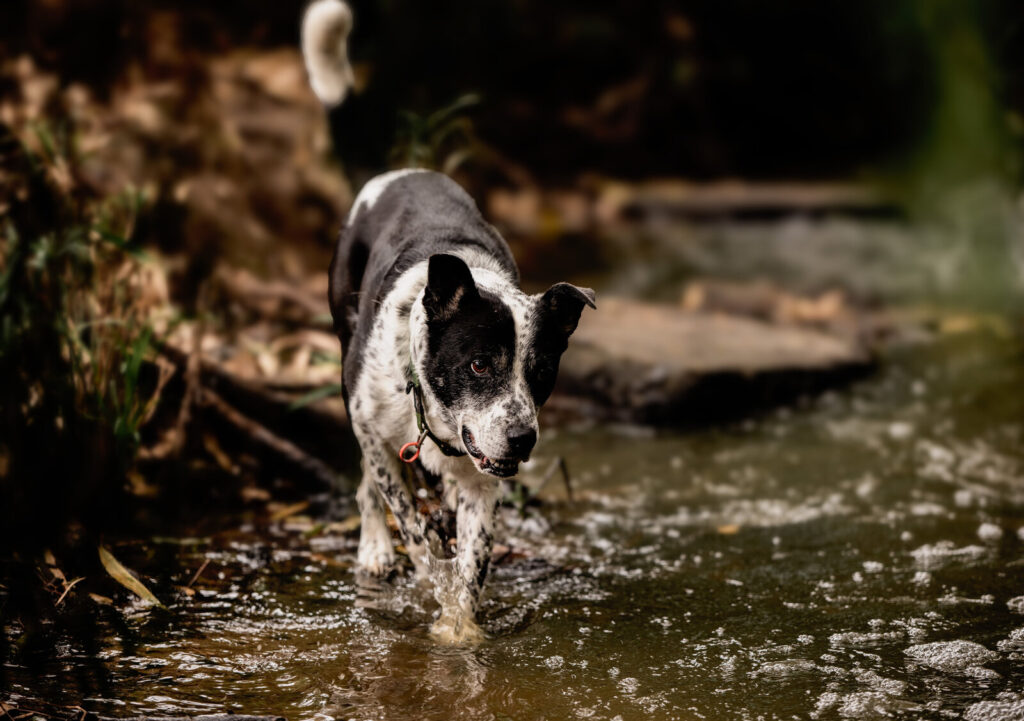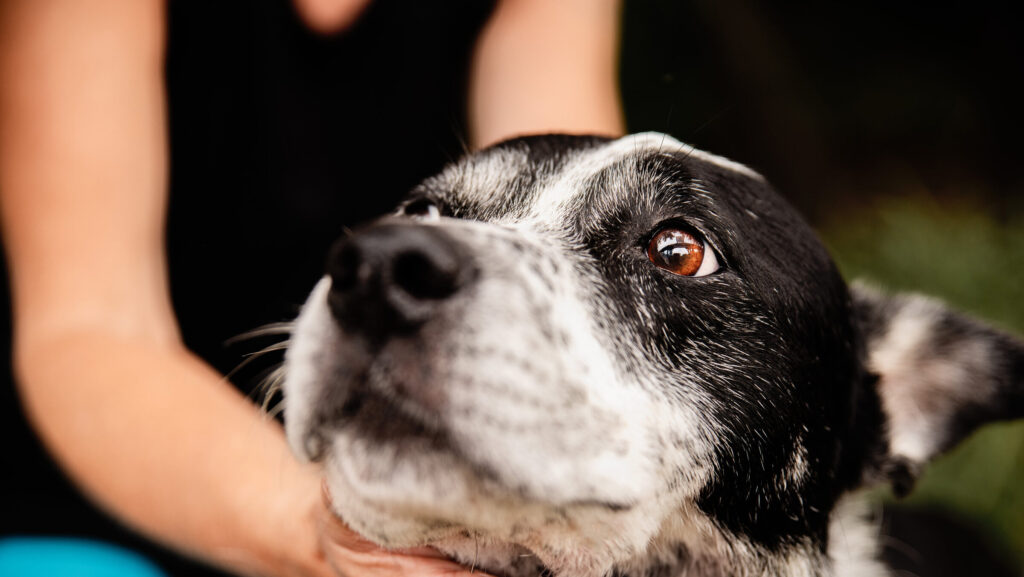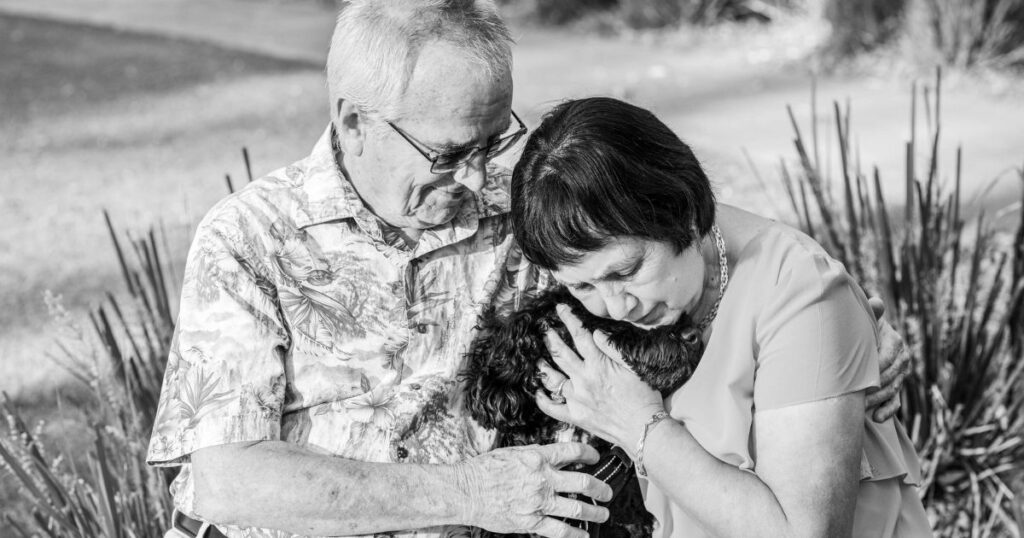Dog End-of-Life Care: Signs and Symptoms to Look For
October 25, 2024
As our beloved dogs grow older, they offer us the same love and loyalty they always have, but their bodies begin to slow down. Knowing how to care for your dog during this time and recognising the signs of decline is essential to ensuring they remain comfortable and loved in their final chapter. Understanding the symptoms of end-of-life in dogs can help you provide compassionate care and make the most informed decisions about their well-being.

Recognising the Signs of Decline
As dogs near the end of their lives, they often display subtle, and sometimes not-so-subtle, changes in behaviour, energy, and health. While every dog’s journey is unique, certain signs can help indicate that your pet may be nearing the end of their life.
1. Changes in Appetite
A decline in appetite is often one of the earliest and most noticeable signs of aging. Dogs who are approaching the end of life may begin to eat less or stop eating altogether. It’s important to monitor their eating habits closely, as a decreased appetite can also lead to weight loss and further weakness. You may notice that your dog seems less interested in their favourite treats or struggles to eat due to dental pain or difficulty swallowing.
“While it is a deeply emotional time, being there for them, ensuring their comfort, and recognising the signs of decline allows you to make the best decisions for their well-being.”
2. Decreased Mobility
Dogs in their final stages of life may experience difficulty moving around due to arthritis, muscle weakness, or general lethargy. You may notice that your dog has trouble getting up, climbing stairs, or walking without assistance. They might also avoid physical activities they once enjoyed, such as fetching or playing.
While it’s normal for older dogs to slow down, a marked change in mobility may indicate that they are in pain or experiencing more advanced health issues. Pain management becomes crucial at this stage, and your veterinarian can recommend medications or therapies to keep your dog comfortable.
3. Changes in Breathing
As your dog’s body weakens, you may observe changes in their breathing pattern. They may pant more often, breathe more shallowly, or struggle to catch their breath. Labored breathing can be a sign of respiratory issues, heart problems, or simply the body’s natural decline.
If you notice any sudden or significant changes in your dog’s breathing, it’s essential to consult your veterinarian to determine the best course of action.

4. Incontinence or Loss of Bladder Control
Incontinence, or the inability to control bladder and bowel movements, is another common sign that a dog’s body is beginning to fail. Your dog may start having accidents indoors, even if they were once well-trained. In some cases, they may become too weak to make it outside or to their usual bathroom spot.
This can be distressing for both you and your dog, but providing supportive care, such as using doggy diapers or creating a comfortable, easy-to-clean space, can help maintain their dignity in their final days.
5. Cognitive Decline
In addition to physical changes, many senior dogs experience cognitive decline, sometimes referred to as canine dementia or cognitive dysfunction syndrome (CDS). This may manifest in confusion, disorientation, or restlessness. Your dog may appear to get “lost” in familiar places, wander aimlessly, or seem anxious for no apparent reason.
Cognitive decline can make it harder for dogs to understand their surroundings, and they may become more reliant on your support to feel safe and secure.
6. Isolation or Withdrawn Behaviour
As dogs approach the end of life, they may start to withdraw from social interactions. You might notice your dog spending more time alone, avoiding contact with family members, or retreating to a quiet corner. This behavior is often a natural part of the dying process, as dogs conserve their energy and prepare for the end.
However, it’s important to offer them comfort and companionship when they seek it. Some dogs still crave closeness with their loved ones, even in their final days, and your presence can offer reassurance.

Providing Comfort in Their Final Days
Once you recognise that your dog is nearing the end of life, there are steps you can take to ensure their comfort and dignity.
- Consult with a Veterinarian: Your vet can guide you through pain management options, including medications, supplements, or therapies to ease your dog’s discomfort. They can also help you determine if euthanasia is the most compassionate choice when your dog’s quality of life declines significantly.
- Create a Comfortable Space: Provide a soft, supportive bed for your dog to rest on. Make sure they have easy access to food, water, and a bathroom area. You might need to modify your home environment to accommodate your dog’s limited mobility.
- Offer Gentle Care: Grooming your dog, giving them gentle massages, and spending quiet moments together can provide comfort and show them how much they are loved. Speak softly to them and let them know you are there.
- Maintain Routines When Possible: Dogs find comfort in familiar routines. While their abilities may change, keeping their schedule consistent—feeding, walks, and resting—can help them feel secure.
- Keepsakes: Now would be the ideal time to capture as many keepsakes as you can. End of life pet photography services are available with Jade through “Before the Rainbow”. We will capture paint paw prints and fur clipping keepsakes whilst capturing timeless photographs of your beloved pet and family.
Saying Goodbye
Supporting your dog through end-of-life care is one of the most loving and selfless acts you can offer. While it is a deeply emotional time, being there for them, ensuring their comfort, and recognising the signs of decline allows you to make the best decisions for their well-being. Your dog has given you years of loyalty, companionship, and joy, and in return, you can give them the love and peace they deserve in their final days.
Leave a Reply Cancel reply
You must be logged in to post a comment.
